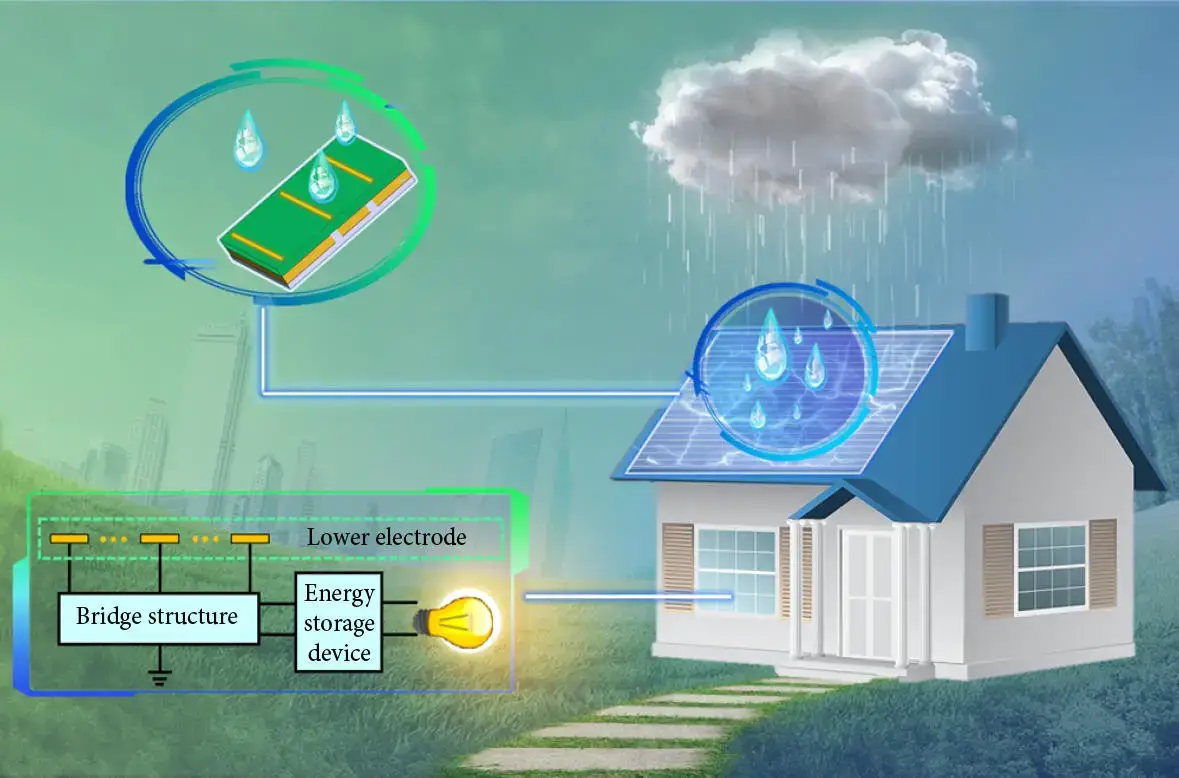The chemical method to benefit rain is to put zink and copper electrodes in the salt. Then that saucer filled with water. Electrons start to travel from zink to copper. This system's voltage depends on the positions of metals in the voltage series used in that battery. Zink and gold give more electricity than zink and iron. The reason for that is simple. Zink delivers electrons stronger if the cathode is gold.
Maybe that kind of electric battery is not very powerful. But if the salt water will conduct between two layers, connected with the superconductor. That makes the revolution in the research of non-nuclear submarines. The zink and gold layers can be internally in the hull of those submarines. And the LK-99 can minimize the loss of electricity.
In some visions, the laser ray that jumps between 100 % reflecting mirrors can be the next-generation power supply system. The laser ray that jumps between mirrors harvests energy from wave movement that impacts it. Then the system that uses a superconducting electric circuit can give electricity to nano-size components.
But nanotechnology can make a new type of energy supply. When we think that the mechanic nanogenerators. Along with LK-99 superconductor nano-and quantum technology can make breakthroughs in the next generation energy supply.
If some layers cover with nanorods, connected with nano-size generators. Those systems can make breakthroughs in energy production. At least in some kind of intelligent textiles. Things, like cellulose fibers or yarn fibers can use as nanorods in the nanogenerators. If those systems are connected with the LK-99 superconductor. That minimizes the loss of energy because of resistance.
The quantum system that can harvest energy from droplets is one of the tools that can revolutionize energy production. Chinese specialists created a two-layer nanomaterial. That can turn kinetic energy from water droplets into electricity. There are many ways to turn kinetic energy into electricity. In some versions, the quantum pillars between 2D materials can harvest kinetic energy.
The idea is that when something hits the 2D material layer that layer transmits energy to those quantum pillars where things like excitons are locked between those layers. When the droplet or something like that impacts the layer, it transfers this energy into the excitons that are transferring that extra energy into the layer that is below it.
"This diagram shows what these D-TENG panels might look like. It also illustrates how the bridge structure, when combined with the lower electrodes, can lead to improved energy storage. Credit: iEnergy, Tsinghua University Press". (ScitechDaily.com/Triboelectric Nanogenerator – New Technology Successfully Harvests Electricity From Raindrops)Could nanotechnology make a situation where the submarine or aircraft can harvest as much or even more energy than it uses? Maybe the most modern nanotechnical mill-generators connected with the LK-99 superconductor make it possible for that submarine can harvest more energy than it uses. In that model, the system connects multiple energy sources like photo voltaic cells, solar panels, and nano windmills.
In some other versions, the nanotechnical water mills harvest energy from air or water. That kind of system can be more conventional than some quantum systems. The idea is that. The mill generators cover aircraft's or submarine's shells. That allows them to harvest some energy from water or air. That system might not seem very powerful.
But if that kind of system is connected with superconductors and submarines or aircraft's electric systems transformed into superconducting. That allows it can minimize the use of nuclear reactors. The superconducting systems also can harvest energy from nuclear reactor's beta radiation. That increases its efficiency.
Those nano-size mills can install on any layer. And they can give electricity to ships and aircraft. The nanotechnical windmills can also give the ability to make the layers that are rotating structures. All rotating structures making possible to create nano-size generators. Those wind-water mills can connect with the nanotubes that conduct water or air to those systems.
https://phys.org/news/2023-07-viral-room-temperature-superconductor-excitementand-skepticism.html





No comments:
Post a Comment
Note: Only a member of this blog may post a comment.